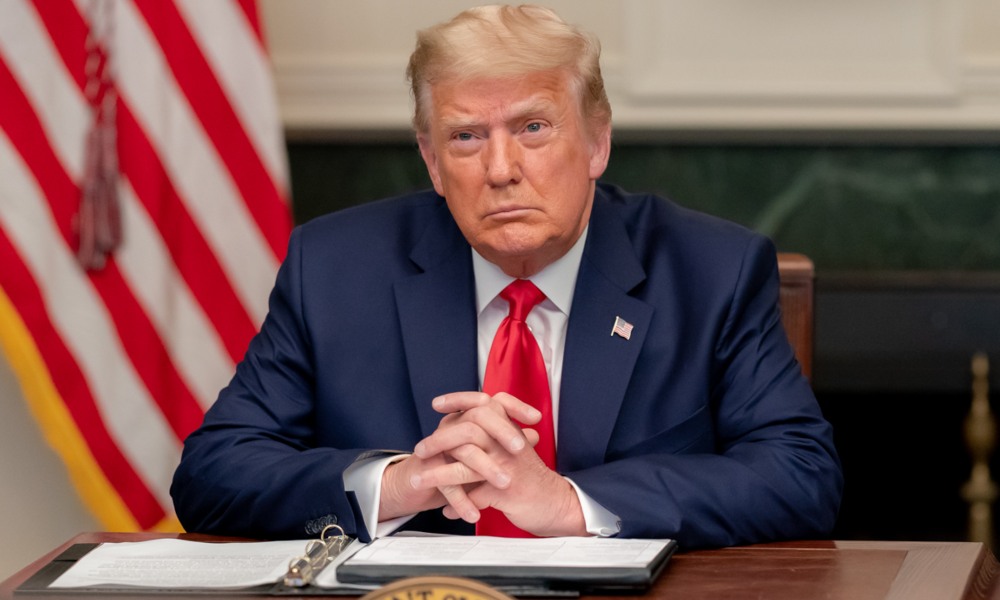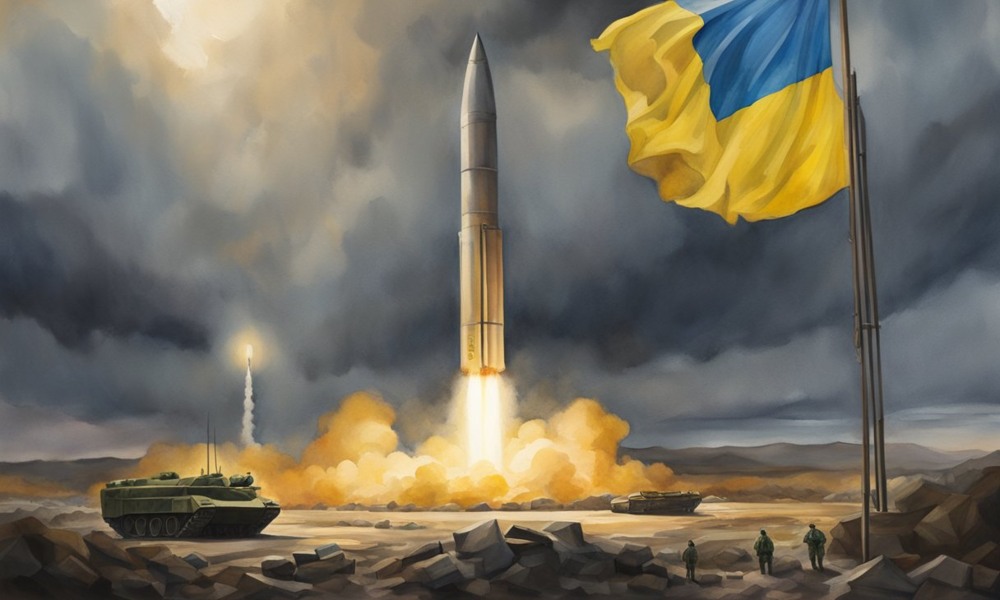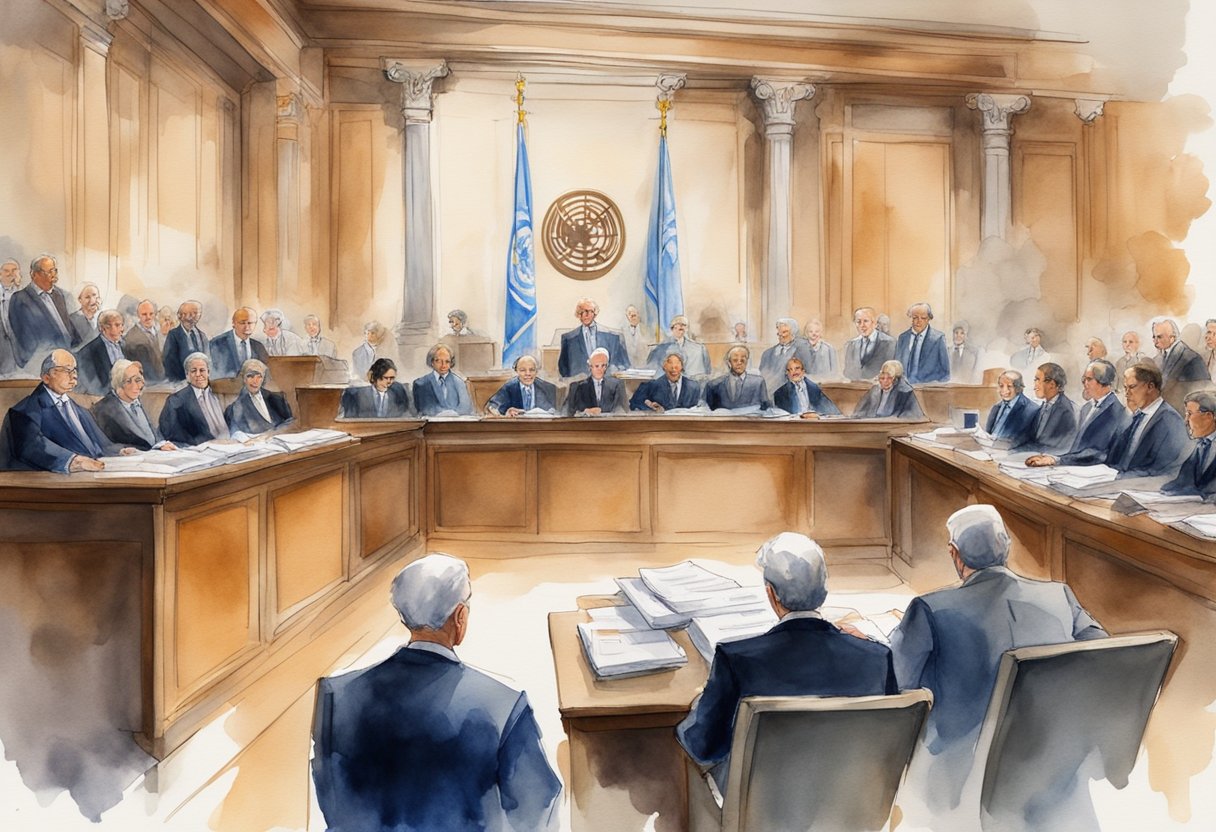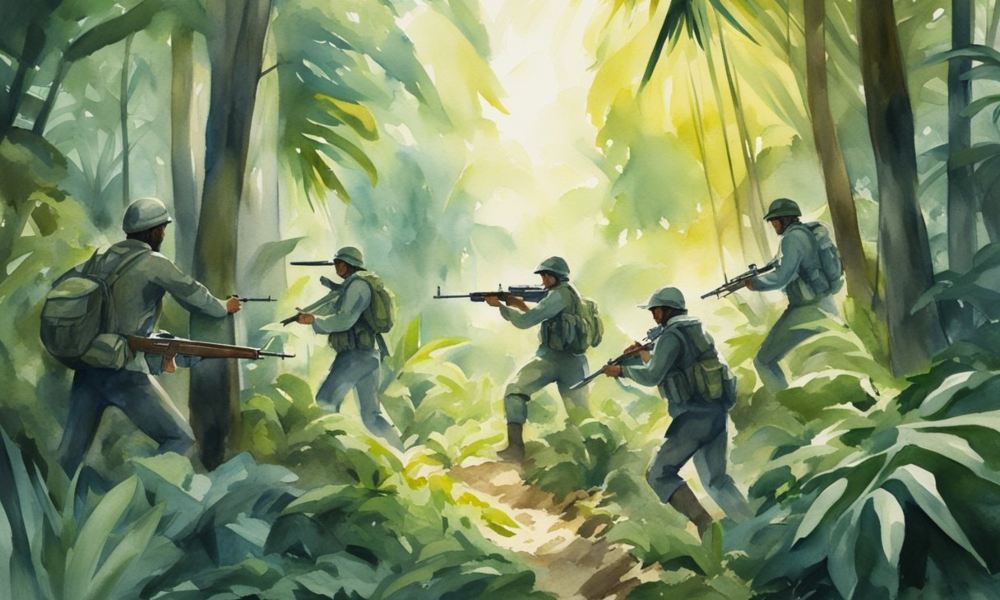NATO is considering letting Ukraine attack Russian forces inside Russia’s borders. This could be a big shift in the war.
Here are the key points:
- Ukraine may soon be allowed to strike Russian troops and weapons inside Russia
- This could move the battlefield away from Ukrainian cities and civilians
- It may force Russia to divert troops and resources to defend its territory
- Lifting restrictions signals strong NATO support for Ukraine’s sovereignty
Could lifting restrictions on Ukrainian attacks inside Russia help end the conflict sooner? Let’s take a closer look.
NATO Chief Suggests Changing the Rules
In a recent interview, the head of NATO (the North Atlantic Treaty Organization) hinted that current limits on Ukraine using Western weapons inside Russia may be removed.
For months, NATO countries providing arms to Ukraine have said they cannot target sites within Russian borders. But NATO Secretary General Jens Stoltenberg questioned if it’s time to rethink those rules.
His comments came as Russian forces intensified attacks near the Russia-Ukraine border, making it hard for Ukraine to defend itself without striking those launch sites.
Many NATO Allies Voice Support
Within days of Stoltenberg’s statement, several NATO member nations supported lifting restrictions on Ukrainian forces.
Sweden, just recently joining NATO, said it backs Ukraine defending itself per international law – even if that means hitting targets inside Russia. The Netherlands, Lithuania, and Poland also agreed.
French officials, including President Emmanuel Macron, indicated they are considering allowing Ukrainian strikes into Russian territory, too. Even the U.K. had previously said it supports using cruise missiles against Russian military targets across the border.
What Lifting Restrictions Could Achieve
Letting Ukraine attack Russian soil could impact the conflict in multiple ways:
- It would disrupt Russian forces’ ability to keep pushing into Ukraine from the border region
- With weapons/troops inside Russia getting struck, Russia may have to reposition some defenses away from the front lines
- This could reduce the Russian bombardment of Ukrainian cities and military sites
- It signals NATO’s commitment to ensuring Ukraine can fully defend its sovereignty and territory
The change would push the active battle zone back toward Russia’s side of the border and away from Ukraine’s interior. It may take pressure off Ukraine’s military.
Russia Reacts with Escalating Rhetoric
In response, Russia is expected to escalate its wartime rhetoric and perhaps take more economic actions to boost weapons production.
However, experts believe Moscow’s options are limited by ongoing sanctions already squeezing Russia’s economy and ability to sustain military operations. Threatening nuclear weapons or cyberattacks likely won’t deter NATO’s resolve.
The bigger impact could bolster Ukrainian morale and willingness to keep fighting to reclaim all territory – if its forces can start pushing the front lines back across Russia’s borders.
Looking Ahead to the NATO Summit
The allies’ united stance comes just before a major NATO summit in July celebrating the alliance’s 70th anniversary. Allowing Ukraine greater offensive capabilities seems to aim at regaining military momentum before then.
Ukraine has been pleading for more potent weapons like fighter jets. With the recent donation of F-16s and airborne radar planes, Kyiv may soon have enhanced air capabilities to capitalize on any rule changes,.
While a diplomatic off-ramp remains elusive, enabling Ukraine to strike Russian border areas could tilt the battlefield dynamics back in its favor. Of course, that depends on whether Moscow is willing to rethink its calculus and finally end its invasion.
Will allowing Ukrainian forces to target Russian soil turn the tide of the conflict? Only time will tell, but the latest NATO discussions signal a potential escalation of Western military support for Ukraine is on the horizon.
















